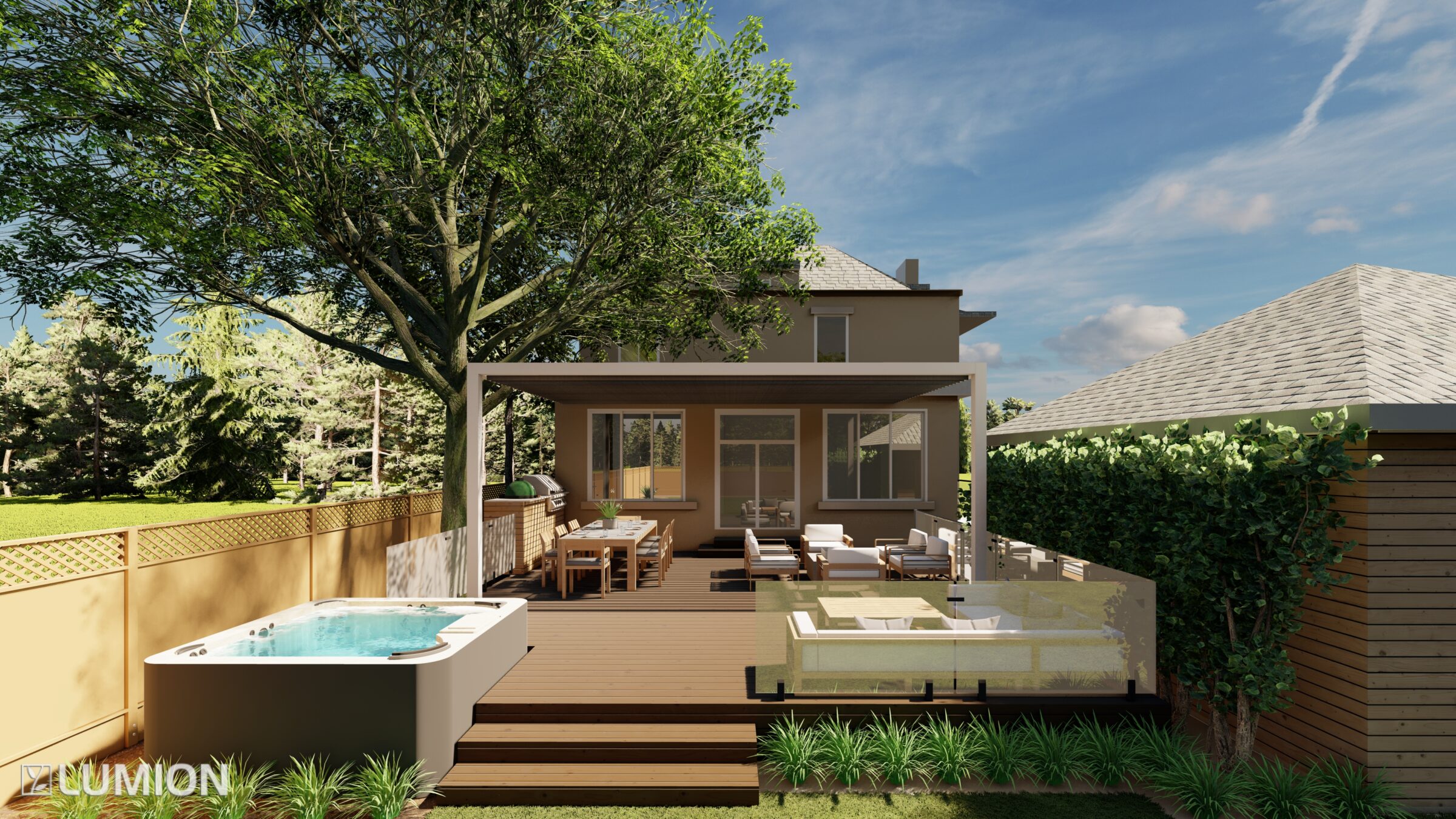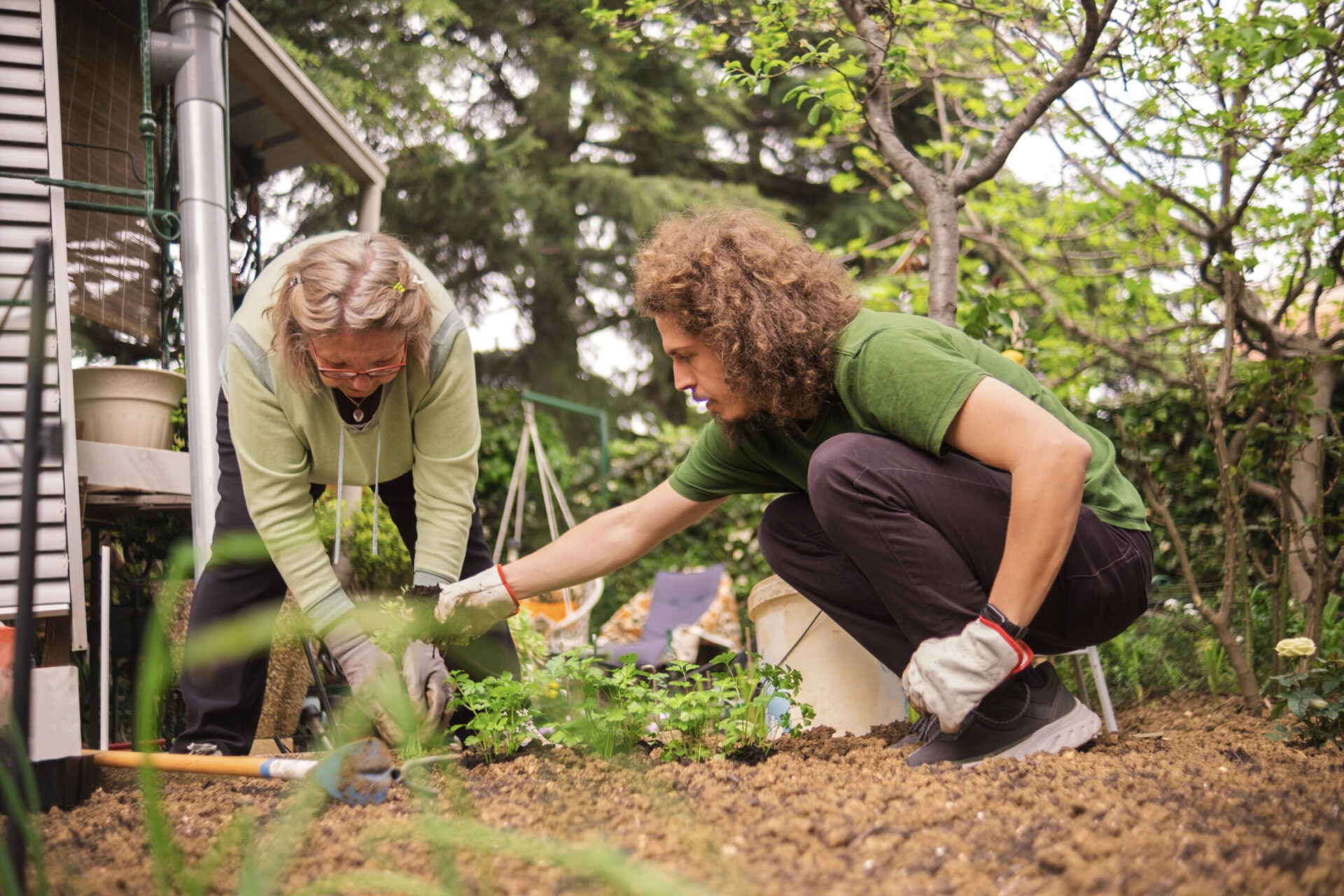5 Essential Skills Every Landscape Designer Needs to Succeed

Many in Toronto dream of using landscape design skills to transform ordinary outdoor spaces into breathtaking havens, but few understand the intricate blend of creativity, technical skill, and sheer dedication required. Without the right expertise, aspiring landscape designers often face a common hurdle: their visions, however beautiful, remain trapped in their imagination, unable to translate into tangible, successful projects. This gap between ambition and execution can lead to frustration, missed opportunities, and ultimately, a failure to thrive in a competitive industry.
The solution lies in mastering five essential skills for landscape designers. By cultivating a strong creative design vision, acquiring robust technical knowledge and qualifications, developing strong communication abilities, honing project management and organizational prowess, and embracing sustainability, you can bridge this gap. These skills are not merely helpful; they are the bedrock upon which truly remarkable and lasting outdoor spaces are built, ensuring your designs not only look good but also function flawlessly and stand the test of time.
1. Creative Design Vision

The first and perhaps most important skill for a landscape designer is creativity. A landscape designer must be able to envision how a space can evolve from a basic plot of land into something truly remarkable. This means understanding the aesthetics of the space, the materials that can be used, and how different elements can come together to form a cohesive design.
Why is creative vision essential?
A landscaper’s creativity is what will draw in clients and set them apart from others in the industry. Creative landscape design goes beyond the typical lawn and garden arrangement. It involves thinking about how plants, outdoor structures, and other elements can be used in innovative ways to create a lasting impact. From choosing the right plant species for a particular environment to designing a unique patio, a landscape designer’s creative skills are crucial in turning a client’s dreams into reality.
Key aspects of creative vision include:
- Understanding design principles such as balance, proportion, and focal points. Mastering these foundational elements is crucial for creating visually appealing and harmonious landscapes. Balance ensures elements are distributed evenly, while proportion dictates their appropriate size relative to each other and the overall space. Strategically placed focal points draw the eye and add interest, guiding the viewer through the design. A strong grasp of these principles allows a designer to create cohesive and impactful outdoor environments that resonate with observers.
- The ability to select materials that enhance the design’s overall look and feel. Material selection extends beyond aesthetics; it involves considering durability, maintenance, and how materials interact with the environment. Choosing the right textures, colours, and types of hardscaping (patios, walkways) and softscaping (plants, lawns) significantly impacts the final outcome. Knowledge of sustainable options and local sourcing can further elevate a design, contributing to its longevity and environmental responsibility. This skill ensures the design is both beautiful and practical.
- Creating outdoor spaces that are both functional and beautiful. A truly successful landscape design seamlessly blends aesthetic appeal with practical utility. This means designing for how you plan to use a space, while simultaneously ensuring it is visually stunning. Considerations include traffic flow, accessibility, privacy, and integration of elements like seating, lighting, and water features. The goal is to craft environments that not only look inviting but also serve the client’s lifestyle and needs effectively.
2. Technical Knowledge and Landscape Design Qualifications

A good landscape designer must have a strong technical foundation. This involves knowing the ins and outs of materials, construction techniques, soil types, irrigation systems, and plant biology. In addition to a creative vision, these technical skills are necessary to ensure the design is both feasible and sustainable.
Why is technical knowledge important?
While creativity brings the design to life, technical expertise ensures that it can be built and maintained over time. A solid understanding of landscape design qualifications and construction practices can prevent costly mistakes and ensure that the design performs well in real-world conditions.
For instance, a landscape designer in Toronto should know how to design proper drainage systems to avoid flooding or how to select the right plants for different climates. Irrigation systems are essential in creating water-efficient landscapes, and understanding the needs of plants ensures their long-term survival and growth.
Key technical skills include:
- Knowledge of soil types and how they affect plant growth. This includes understanding pH levels, nutrient content, and drainage capabilities, as these factors significantly determine plant health and successful long-term landscape viability for diverse plantings.
- The ability to design efficient irrigation and drainage systems. This ensures proper water management, preventing issues like erosion or waterlogging while conserving resources and promoting the overall health and sustainability of the landscape.
- Understanding the structural components of landscaping, such as patios, retaining walls, and walkways. This involves knowledge of materials, construction techniques, and load-bearing capacities to ensure safety, durability, and aesthetic integration within the overall design.
Landscape design qualifications can also play a role in technical expertise. While formal education is not always required, pursuing a degree or certification in landscape design, horticulture, or related fields can provide you with the technical knowledge necessary to succeed.
3. Strong Communication Skills

Effective communication is a skill that often gets overlooked in the landscape design industry, but it is essential. A landscape designer must be able to clearly explain their design concepts to clients, contractors, and other team members. From the initial consultation to project completion, being able to convey ideas and expectations is vital for the success of a project.
Why are communication skills critical?
Landscape design is a highly collaborative process, and effective communication helps avoid misunderstandings and ensures that everyone is on the same page. A good designer should be able to listen to a client’s needs and concerns, explain the design process, and manage expectations throughout the project.
Additionally, landscape designers often need to collaborate with contractors, engineers, and other professionals. Strong communication skills make it easier to work together and resolve any issues that arise.
Key communication skills include:
- Active listening to clients is crucial to truly understand their unique vision and specific needs.
- Clearly explaining design ideas to clients, contractors, and suppliers ensures everyone is aligned from concept to completion.
- Proactively managing client expectations and addressing concerns as they arise builds trust and ensures satisfaction.
4. Project Management and Organizational Skills

A successful landscape design project involves multiple steps, from concept to installation. As a landscape designer, being organized and able to manage the timeline, budget, and resources is a must. Without strong project management skills, even the most beautiful designs can fall short when it comes to execution.
Why are organizational skills crucial?
Landscape design projects can be complex, involving numerous materials, subcontractors, and timelines. Effective project management ensures that everything runs smoothly and that the project stays on schedule and within budget. An organized designer can keep track of deadlines, manage materials, coordinate with contractors, and handle unexpected issues that may arise.
Key project management skills include:
- Creating and sticking to a realistic timeline for each phase of the project, ensuring efficient progress and timely completion for clients.
- Managing the budget and keeping costs under control, maximizing value without sacrificing quality or design integrity.
- Coordinating tasks with contractors and other professionals, ensuring seamless collaboration and efficient workflow for project success.
A well-organized designer also knows how to prioritize tasks and delegate when necessary. This ensures that nothing is overlooked and that the project remains on track.
5. Knowledge of Sustainability and Environmental Considerations

As awareness of climate change grows, many clients in Toronto are looking for eco-friendly solutions for their outdoor spaces. A landscape designer must be knowledgeable about sustainable practices and be able to incorporate them into their designs.
Why is sustainability essential in landscape design?
Sustainability is no longer just a trend; it’s a responsibility. Many landscape designers now focus on creating environmentally friendly designs that conserve resources and enhance biodiversity. Understanding the principles of sustainable landscaping can help you create designs that not only look good but are also good for the planet.
This could involve selecting drought-resistant plants to reduce water usage, using recycled materials for hardscaping, or creating designs that help manage stormwater runoff. It’s important to stay up to date with the latest sustainable practices and technologies to ensure that your designs meet current environmental standards.
Key sustainable practices include:
- Utilizing native plants adapted to the local climate and soil conditions to minimize water usage and maintenance needs, fostering ecological balance.
- Implementing rainwater harvesting systems like cisterns or rain gardens to decrease overall water consumption for irrigation and reduce stormwater runoff.
- Crafting landscapes that contribute to the betterment of local ecosystems by providing habitat for wildlife and promoting biodiversity.
Landscape Design Skills Put to Good Use
The world of landscape design is exciting, challenging, and full of opportunities. To truly succeed, a landscape designer must be equipped with a combination of creativity, technical expertise, communication, project management skills, and an understanding of sustainability. These five essential landscape designer skills not only help you create beautiful and functional outdoor spaces but also ensure that your designs stand the test of time.
Whether you’re a seasoned professional or just starting, focusing on improving these skills will allow you to stand out in a competitive industry. Keep learning, keep evolving, and continue honing these skills to become the best landscape designer you can be.
Contact us today if you need more in-depth help.
Tags:
